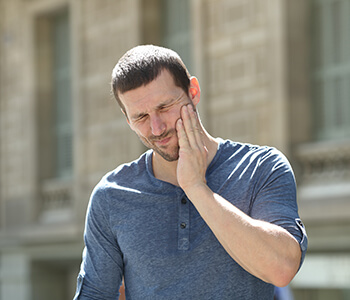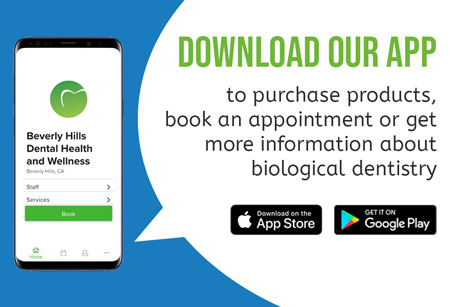Finding out that you need to have a tooth extracted can be a scary moment. However, many adults will have this conversation with their dentist. Dr. Sanda Moldovan is a trusted dentist in Beverly Hills, CA, who has helped many patients understand why a tooth may need to be removed, how the tooth extraction procedure works, and tips for post-procedure oral health care.

Common reasons for extraction
- Wisdom teeth: These teeth, which typically erupt during a person’s teen years are simply an extra set of molars. In some cases, an individual may not have enough room in their mouth for the additional molars and the remaining teeth may become crowded. In other instances, the teeth never fully break through the gums, which can cause pain due to gum inflammation and future problems for the neighboring teeth. For these reasons, many dentists suggest having their wisdom teeth removed to prevent future issues.
- Decayed or damaged teeth: Teeth can be damaged for a number of reasons, including a cavity that goes undetected for too long, a filling that breaks, or a fall or trauma to the face. If a tooth is damaged, the dentist will first try to save the tooth with fillings, cosmetic bonding, or a dental crown. However, in some cases, the tooth cannot be saved and must be extracted and replaced with a dental restoration such as in implant.
- Infected root canal treated teeth: Root canal treated teeth are dead teeth and thus more susceptible to bacterial presence inside or around the tooth and in the jaw bone. These chronic infections can be completely free of symptoms, but can be a big burden on the immune system. Such infected root canal treated teeth can contribute to inflammation, fatigue, and sinus problems. Dr. Sanda Moldovan recommends these kind of teeth to be extracted and the area disinfected with ozone.
The tooth extraction procedure
In our biological dental office we don’t simply “pull teeth”. Our doctors make sure that the periodontal ligament and associated infected tissue is always removed and the area disinfected with ozone. Once the patient is numb, the dentist will use a piezo electrical machine to gently loosen the tooth from the socket, then thoroughly debriding the area using the piezo with ozone water. Platelet rich fibrin (PRF) is placed in the area and sutured in place. This contains growth factors and concentrated stem cells from patient’s own blood to promote healing and prevent infection. Cold laser therapy is also done at the end of the procedure to minimize pain and enhance healing. The patient experience is key during an extraction procedure. Dr. Moldovan offers various levels of anesthesia (laughing gas) and sedation (oral and IV) to ensure that patients feel calm and relaxed during the procedure.
Caring for the mouth after tooth extraction
Patients should be sure to follow the dentist’s instructions following tooth extraction to lessen any pain or discomfort and improve their healing time. In most cases the dentist will recommend the following:
- Keep pressure on the gauze that covers the extraction site as long as instructed.
- Take pain / homeopathic medication as prescribed.
- Apply ice immediately to minimize swelling.
- Rest and allow your body time to heal. You will be able to increase your activity level after a couple of days.
- Avoid using a straw, forceful rinsing, or spitting, which can dislodge the blood clot that has covered the extraction site.
- Eat foods that are soft, such as smoothies, and creamed soups.
For more information about tooth extraction, call Beverly Hills Dental Health and Wellness today at (310) 692-7855.


